Meet one of the greatest living scientists you've never heard of
Behold: Isabella Karle, and her curious crystal method
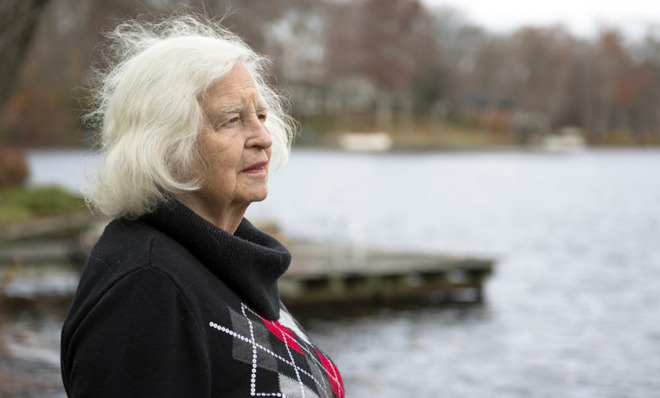

When Isabella Lugoski Karle makes her weekly errand run to Shoppers Food Warehouse, she navigates the store quietly, weaving her cart through aisles of canned goods and around the produce section. At ninety-one, her cropped white hair is neatly combed and she holds herself up straight, loading the ingredients for a braised chicken recipe into her cart.
What Isabella Karle's fellow shoppers don't know as they wait beside her in the checkout line is that she revolutionized the method of discovering the medicines that many of them regularly purchase over at the pharmacy counter. In the narrowly focused scientific field of crystallography, Karle is renowned as an intrepid pioneer. Her work on molecular structures has had sweeping impact, from helping scientists studying nerve transmissions to aiding chemists synthesizing pest repellents. She has won millions of dollars in prize money and has been celebrated at chemistry conferences around the world. She was also the subject of an infamous snub by the Nobel Committee, one that sparked anger and allegations of sexism among scientists in their field, but that never managed to faze her.
(More from Narratively: Penny for her thoughts)
The Week
Escape your echo chamber. Get the facts behind the news, plus analysis from multiple perspectives.

Sign up for The Week's Free Newsletters
From our morning news briefing to a weekly Good News Newsletter, get the best of The Week delivered directly to your inbox.
From our morning news briefing to a weekly Good News Newsletter, get the best of The Week delivered directly to your inbox.
It was the fall of 1940 and students in the physical chemistry lab at the University of Michigan were being paired off with their lab partners for the semester. Partners were assigned by last name. LUGOSKI, ISABELLA — a Detroit native, daughter of Polish immigrants and gifted physical chemistry student in her final undergraduate year — was seated next to KARLE, JEROME, a precocious first-year physical chemistry PhD candidate with a master's in biology from Harvard.
"The first day I come in to set up my experiments in the laboratory, and here's this fellow who's already all set up and ready to go," Isabella recalls. "Who ever heard of coming in early during your lunch hour to set up? That annoyed me a bit. I was always top dog in any of the classes. He was the first competition I'd had."
As the two highest-performing students in the physical chemistry lab, Isabella and Jerome regularly tried to beat each other's exam scores. "There was some friendly rivalry for a while," Isabella says. Their competitive relationship reached a turning point at the end of fall semester, when Jerome asked Isabella to accompany him to a campus recital. Isabella arrived wearing the same thing she'd had on in the laboratory earlier that day.
"Not the lab coat, but the same skirt," Isabella says. "I don't think he was all that friendly about it. He thought I could have at least dressed up for the occasion."
A free daily email with the biggest news stories of the day – and the best features from TheWeek.com
(More from Narratively: Mayela the brave)
Nonetheless, from then on the two continued to spend time together outside the lab. Every Friday evening, Jerome and Isabella went to fifty-cent movie showings at a theater just off campus. Their competition eased, and soon transformed into mutual respect and admiration.
"We got to know each other better," Isabella says. "And I think the barriers just melted between us."
In 1942, Isabella and Jerome married. From the moment they met, their relationship was closely intertwined with their mutual love of chemistry. After earning their PhDs from Michigan (Isabella earned her B.S., M.A. and Ph.D. before the age of twenty-three), the couple went to work on the Manhattan Project, where Isabella was one of the highest-ranking female scientists on the team. By 1946, they had both begun work at the Naval Research Laboratory. The Washington, D.C. facility was rapidly expanding because of World War II, jumping from 396 employees in 1941 to 4,400 in 1946. It was there that they began working on the scientific research that defined their relationship and both of their careers.
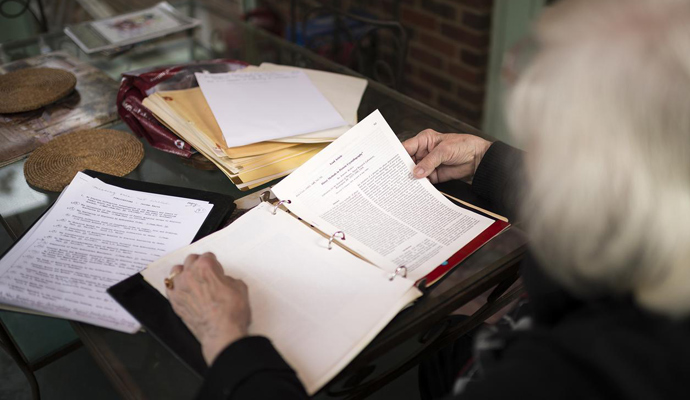
Isabella and Jerome complemented each other when they worked on scientific problems together. Their collaboration had a yin-yang-like balance: Jerome was well-versed in abstract mathematical theory, and Isabella was a dogged experimentalist who could provide supporting evidence for his equations in the lab.
At N.R.L., with their combined brainpower, Jerome and Isabella began toying with a problem that many scientists believed to be mathematically unsolvable. Jerome had created a series of equations that could determine the structure of complex biological molecules, including proteins. His methodology had the potential to revolutionize drug development, allowing researchers to examine how drugs interact with proteins in the human body. Using his equations, scientists could more efficiently analyze molecules that otherwise may have taken years to fully examine.
Jerome's equations were useless, though, without experimental data to prove that they worked. He turned to Isabella, a seasoned experimentalist, for help.(More from Narratively: The invention)
Isabella needed to examine how X-rays bounced off of molecules in the lab. Once she had collected data on the brightness of these X-rays, her data points could be plugged into Jerome's equations to approximate where atoms were laid out within larger molecules.
There was one sizable hurdle: No automatic equipment existed to collect that X-ray data. Ever resourceful, Isabella scraped together various pieces of lab equipment to build her own X-ray apparatus and make the needed measurements. She had never taken X-ray data for a crystal structure before, but she taught herself the entire procedure from a textbook, which she read in a maternity ward as she recovered from delivering her first baby.
"In those days, you stayed in the hospital a week after you gave birth," she says. "So there was plenty of time for reading."
Isabella logged long hours in the lab, collecting hundreds of data points. Once she had the data they needed, there was one final piece of the puzzle missing: They needed to plug her X-ray data into Jerome's equations. By hand, the necessary calculations could take years.
Meanwhile, in New York City, IBM was displaying one of its very first computers in its headquarters on Madison Avenue. The early computer processed information inputted on stiff paper cards measuring seven and three-eighths inches by three and one-quarter inches, punched with rectangular holes.
Isabella and Jerome made a tremendous gamble. They knew they could use the computer to help them determine whether their methodology worked and produced accurate atom coordinates. But to run the calculations, IBM would charge them the equivalent of a whole year's funding for their laboratory.
"That was an awful lot of money — our whole year's appropriation just for one problem," Isabella says. If the computer's calculations didn't affirm their methodology, "it would have been a disaster."
They moved forward anyway. The Karles had their equations and data printed on hundreds of punched IBM cards, and a technician fed them into the machine.
The cards went whirring through the early computer and it spat out correct atomic coordinates for the molecule they were working on, providing proof that their methodology worked. As a team, Isabella and Jerome had found a way to drastically improve scientists' ability to analyze and understand complex biological molecules. This new, efficient strategy would help scientists developing new pharmaceuticals and synthesizing materials alike.
Realizing the computer supported their equations, Isabella says, "We were very happy." She laughs and adds, "We would have been very unhappy otherwise."
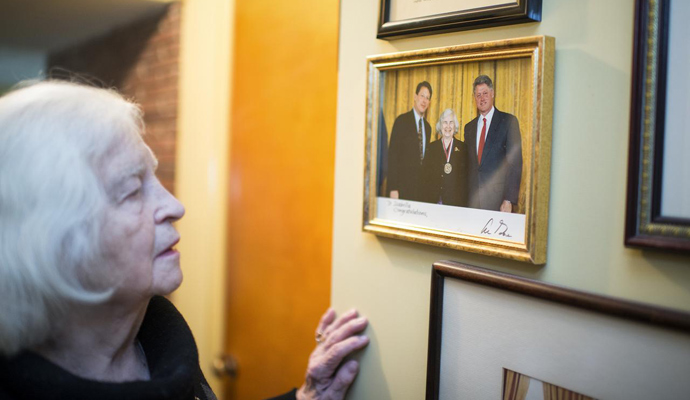
In 1985, Jerome was awarded the Nobel Prize in chemistry, along with a colleague, Herbert Hauptman, who had worked with him on the mathematical equations. The Nobel Committee commended the two men "for outstanding achievements in the development of direct methods for the determination of crystal structures."
Yet the committee ignored Isabella's contribution to the problem and her hours of work collecting the experimental evidence necessary to validate their mathematical equations. Some writers and members of the crystallography community called out the Nobel Committee for its omission.
"There were a number of articles written about my being slighted, along with about four or five other women who previously should have had the Nobel but didn't," she says.
No one, Isabella says, was more chagrined than Jerome that she had not been listed for the prize.
"He was very disappointed that I didn't get it along with him," Isabella says. "But I told him forget about it — I had enough prizes as it was." By that point, Isabella had indeed won a number of prizes for her experimental work, including the Navy's Superior Civilian Service Award. She went on to receive the National Medal of Science, awarded by President Clinton; the Women in Science and Engineering's Lifetime Achievement Award; and the Franklin Institute's prestigious Bower award, among others. Eventually, Isabella won more awards and more prize money for her work on crystal structures than her Nobel-winning husband did.
Today, she betrays no signs of bitterness over the Nobel snub that many scientists in her field, including her husband, found so heinous.
"I didn't feel too bad," she says. "I was very happy he got it. I was awarded plenty of prizes — and Jerome wasn't recognized with me for many of those!"
Read the rest of this story at Narratively.
Narratively is an online magazine devoted to original, in-depth and untold stories. Each week, Narratively explores a different theme and publishes just one story a day. It was one of Time's 50 Best Websites of 2013.
-
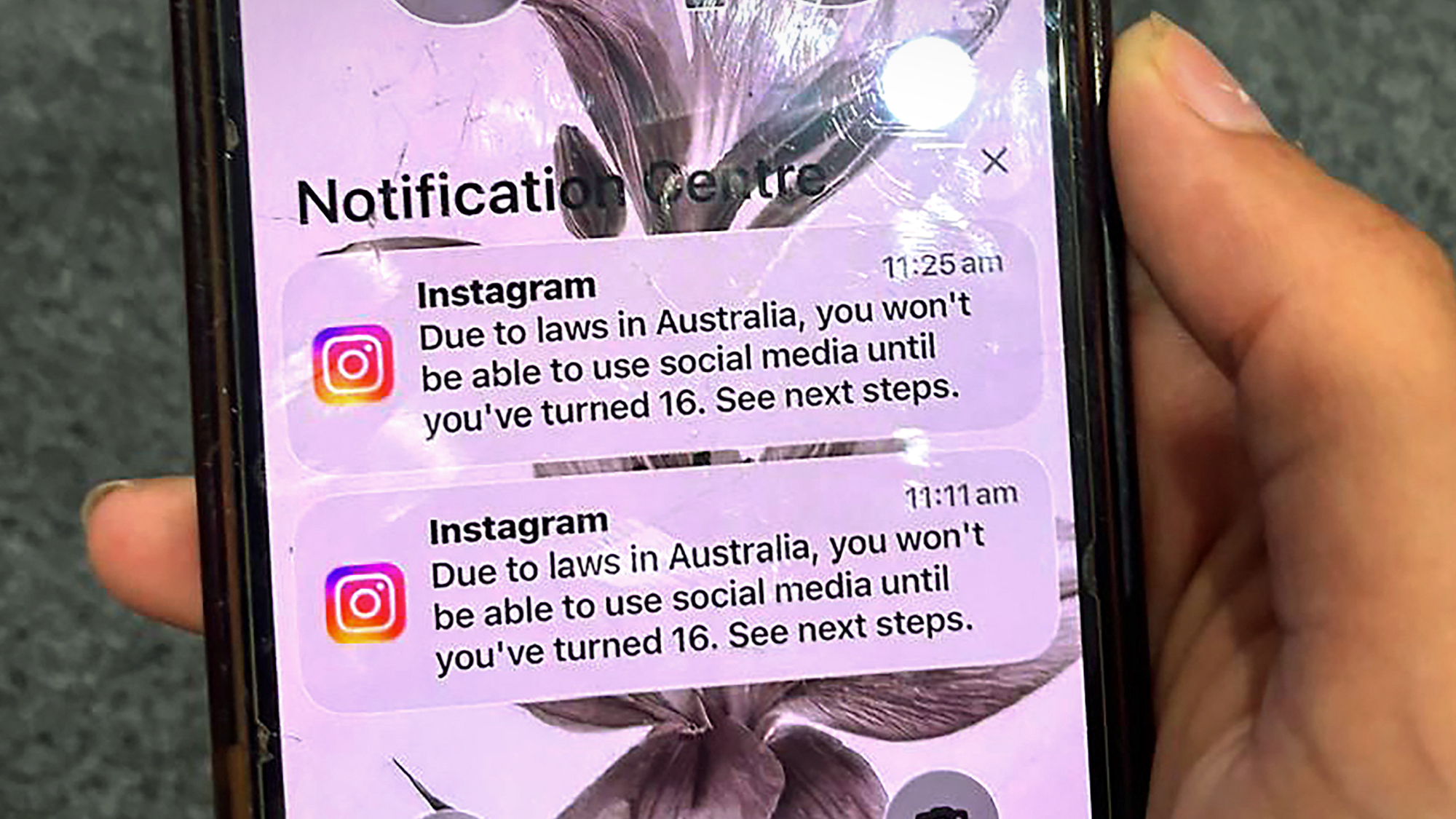 Australia’s teen social media ban takes effect
Australia’s teen social media ban takes effectSpeed Read Kids under age 16 are now barred from platforms including YouTube, TikTok, Instagram, Facebook, Snapchat and Reddit
-
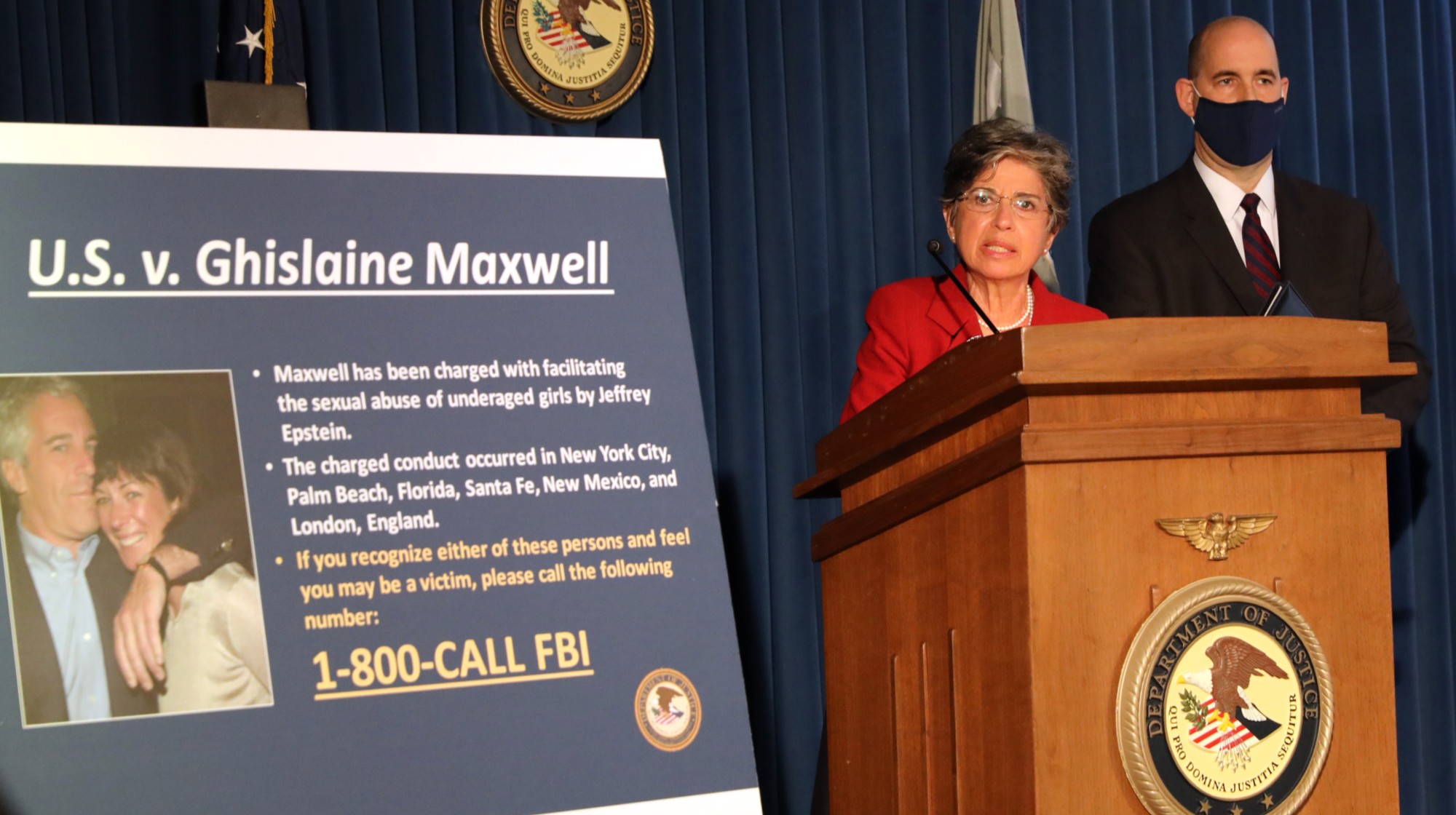 Judge orders release of Ghislaine Maxwell records
Judge orders release of Ghislaine Maxwell recordsSpeed Read The grand jury records from the 2019 prosecution of convicted sex offender Jeffrey Epstein will be made public
-
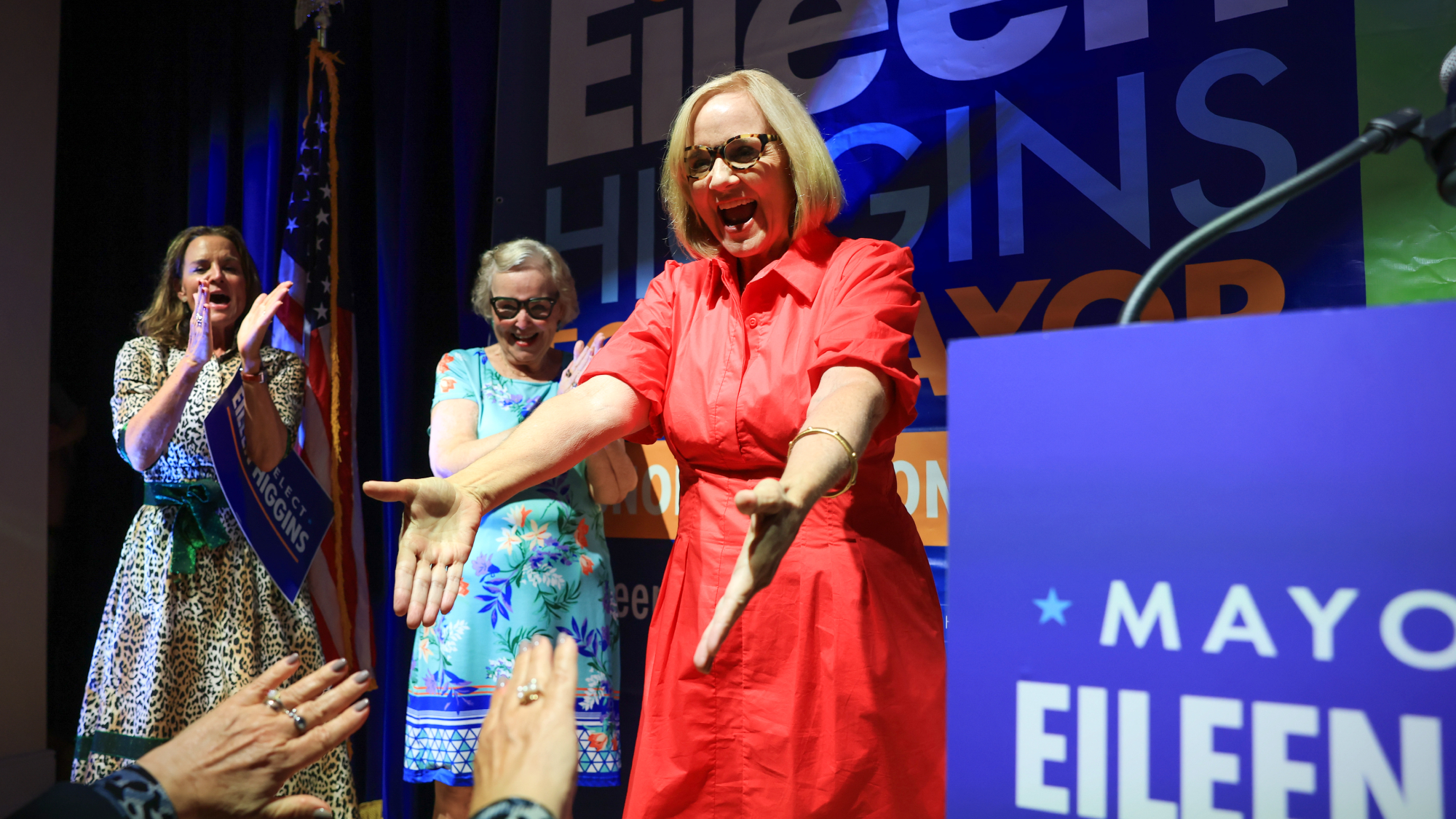 Miami elects first Democratic mayor in 28 years
Miami elects first Democratic mayor in 28 yearsSpeed Read Eileen Higgins, Miami’s first woman mayor, focused on affordability and Trump’s immigration crackdown in her campaign